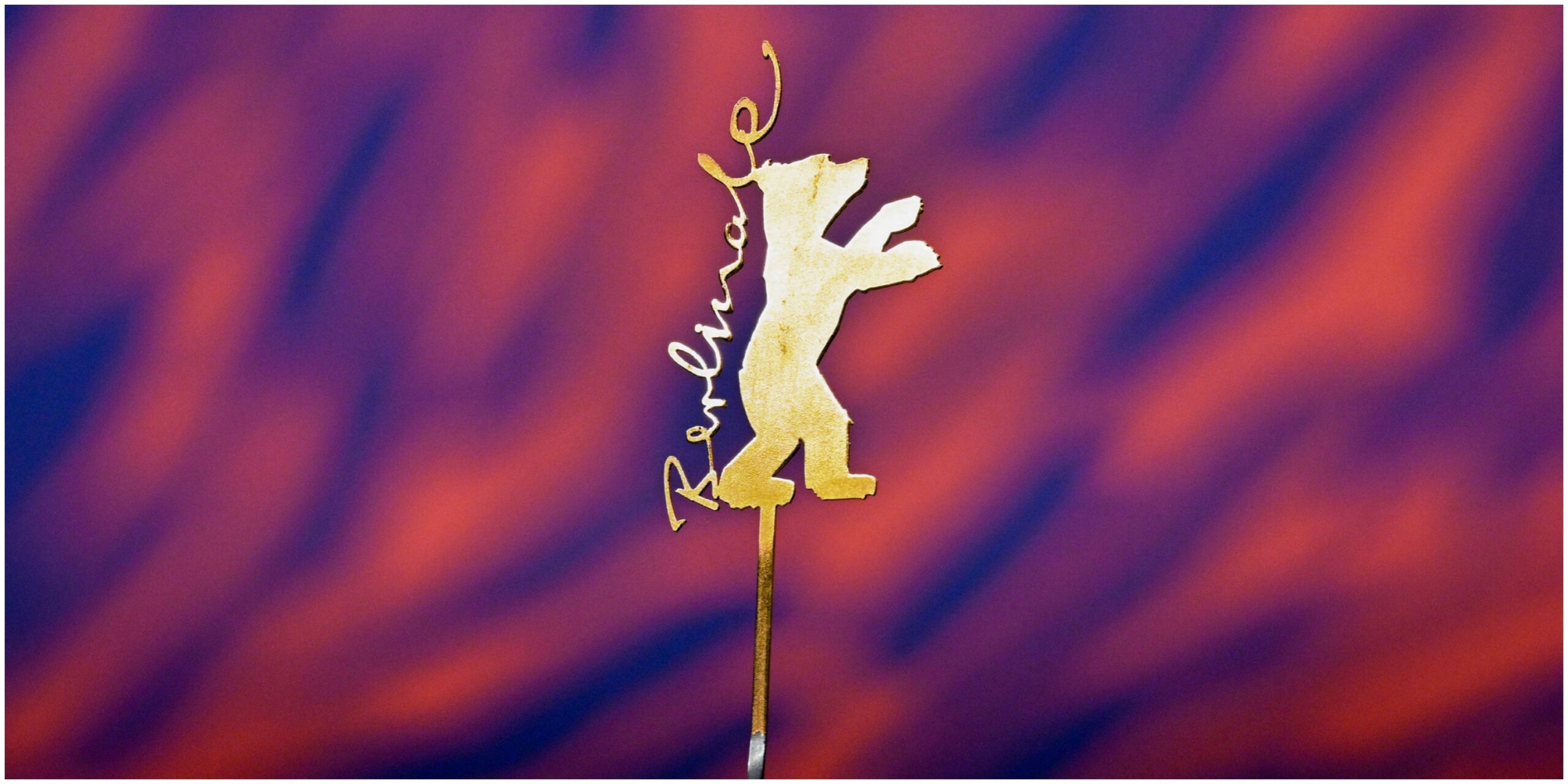US consumer sentiment plunges to lowest in six months due to inflation and unemployment concerns.

The state of US consumer sentiment in May experienced a significant downturn, marking its lowest level in six months. This decline is attributed to a combination of factors, including concerns over persistently high inflation rates, the prospect of increasing interest rates, and apprehensions regarding potential rises in unemployment. The preliminary findings of the University of Michigan’s consumer sentiment index for May revealed a notable drop to 67.4 from April’s reading of 77.2. Despite this decline, the current sentiment remains approximately 14% higher compared to the same period last year. This downward trend in consumer sentiment has been a recurring pattern since the onset of the COVID-19 pandemic, with heightened concerns emerging particularly following the spike in inflation observed in 2021.
Consumer sentiment serves as a crucial indicator of economic health, with fluctuations impacting various sectors, including consumer spending, which is a significant driver of economic growth. The prevailing negative sentiment among consumers also carries political implications, influencing public perception of the economy and potentially impacting electoral outcomes, such as President Joe Biden’s reelection bid.

However, economists caution that consumer confidence surveys do not always align with actual spending patterns. Despite prevailing pessimism, underlying economic fundamentals remain robust, with rising incomes serving as a counterbalance to potential declines in consumer spending. Oren Klachkin, an economist at Nationwide Financial, emphasized this point, stating that despite negative perceptions, strong fundamentals are likely to sustain consumer spending levels in the long run.
Indeed, recent data suggests that consumer spending has remained resilient, particularly among higher-income earners who have experienced significant gains in asset values, such as home equity and stock portfolios. This resilience was evident in the first quarter of the year, during which consumer spending remained strong despite a slowdown in overall economic growth. Additionally, the historically low unemployment rate of 3.9% has compelled many employers to offer higher wages to attract and retain workers, further supporting consumer spending habits.

However, signs of caution are emerging among consumers, particularly those with lower incomes. Major retailers have reported a shift in consumer behavior, with decreased spending observed, especially among inflation-weary customers. Companies like Starbucks and McDonald’s have adjusted their strategies in response to these shifting consumer preferences, with Starbucks revising its sales and profit forecasts downward after experiencing a slowdown in store visits, particularly in the US market.
The persistence of high inflation rates has been a significant concern for consumers and policymakers alike. While inflation experienced a sharp decline last year, dropping from a peak of 9.1% in June 2022 to 3% a year later, it has remained elevated in recent months. In March, prices rose by 3.5% compared to the previous year, up from 3.2% in the previous month. This sustained inflationary pressure has prompted Federal Reserve officials to signal their intention to maintain the benchmark interest rate at a 23-year high until inflation is brought back down to their target of 2%.
The consumer sentiment survey also revealed heightened inflation expectations among consumers, with the majority anticipating inflation to remain elevated at 3.5% over the next year. This represents a significant departure from pre-pandemic expectations, where consumers typically anticipated inflation rates below 3%. The widespread decline in consumer sentiment observed across various demographic groups underscores the pervasive nature of these concerns, transcending factors such as age, income, education level, and political affiliation.
The impact of declining consumer sentiment extends beyond individual spending habits, influencing broader economic trends and shaping policy decisions. A sustained downturn in sentiment could dampen economic growth prospects, leading to reduced investment and hiring activity by businesses. Additionally, negative sentiment may contribute to increased market volatility, affecting investor confidence and asset prices.
From a policy perspective, addressing the root causes of consumer anxiety, particularly regarding inflation and unemployment, becomes paramount. The Federal Reserve’s commitment to maintaining accommodative monetary policy until inflationary pressures subside reflects an acknowledgment of the importance of stabilizing consumer confidence. Additionally, fiscal measures aimed at supporting employment and mitigating the impact of inflation on households could help alleviate consumer concerns and bolster sentiment.
In conclusion, the recent decline in US consumer sentiment reflects growing apprehensions regarding inflation, interest rates, and unemployment. While consumer spending has remained resilient thus far, signs of caution are emerging, particularly among lower-income consumers. Addressing these concerns requires a concerted effort from policymakers to stabilize inflation, support employment, and restore consumer confidence. Failure to do so could prolong the economic recovery and undermine prospects for sustained growth.










Leave a Reply